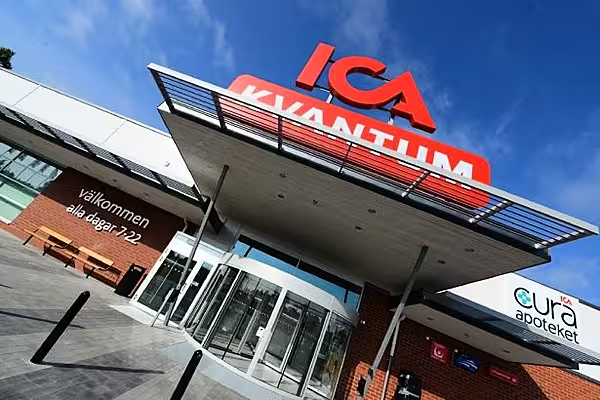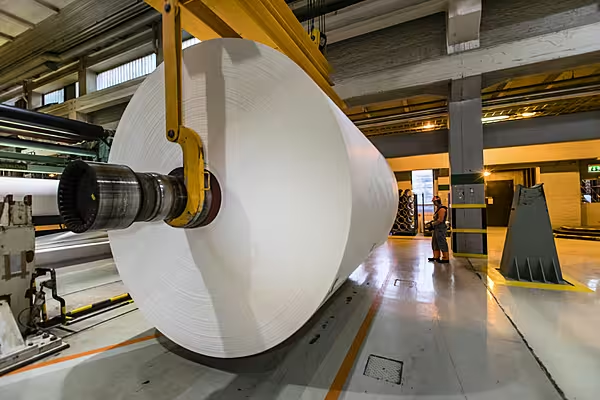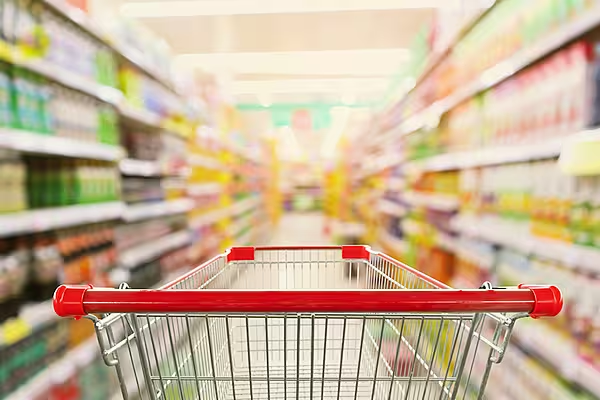Swedish retailer ICA Gruppen has posted a profit of SEK 915 million (€86.7 million) in the fourth quarter of its financial year, which is down 1.6% from the SEK 930 million (€88.2 million). it reported for the same period last year.
The retailer said that its profit performance was affected by capital losses on the sale of non-current assets, as well as impairment losses totalling SEK 18 million.
Consolidated net sales for the period were up 2.6%, to SEK 30.85 billion (€2.92 billion), while operating profit was also up, to SEK 1.27 billion (€120 million).
'Price-Driven' Growth
For the fourth quarter, ICA said that underlying sales growth was 'mainly price-driven', however it also included 'favourable volume growth' in ICA Sweden's wholesale operation, ICA Bank and its Apotek Hjärtat banner.
Price and other mix effects, including product range and formats, had a positive effect on earnings, while the volume effect was limited, the retailer said, while costs associated with digital business development and e-commerce rose during the quarter.
Its ICA Sweden business 'posted a strong end to the year', the retailer said, outlining its goals for 2020 to 'grow sales and take market shares with upheld margins'. Its Rimi Baltic business, meanwhile, saw 'strong profitability development but slightly soft sales'.
'Good Momentum'
"The year was concluded with good momentum and favourable performance in all our businesses," commented Per Strömberg, the CEO of ICA Gruppen.
"Sales in ICA stores increased at a good pace during the quarter, and in terms of profitability, Rimi Baltic and ICA Bank dominated with strong earnings performance. Our favourable growth online continues, and also during the fourth quarter we grew faster than the market for both groceries and pharmacy products. In November we also started up our e-commerce business in Rimi Baltic."
For the period January to December 2019, ICA said that consolidated net sales totalled SEK 119.3 billion, while operating profit was SEK 5.36 billion.
Profit for the year was down slightly, to SEK 3.45 billion (SEK 3.65 billion), again due to capital losses on sales of non-current assets and impairment losses.
© 2020 European Supermarket Magazine – your source for the latest retail news. Article by Stephen Wynne-Jones. Click subscribe to sign up to ESM: European Supermarket Magazine














